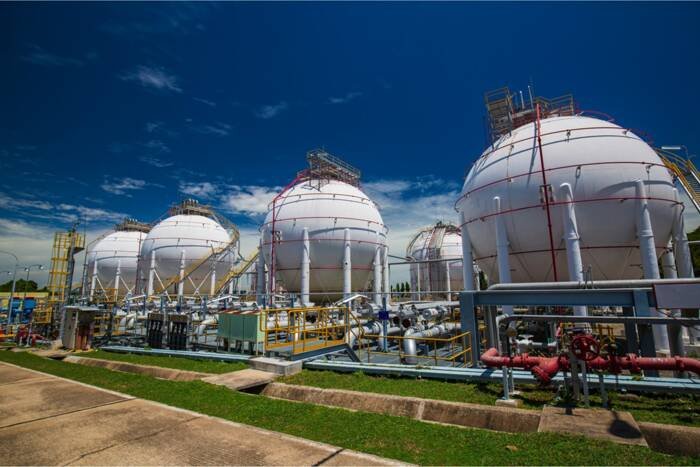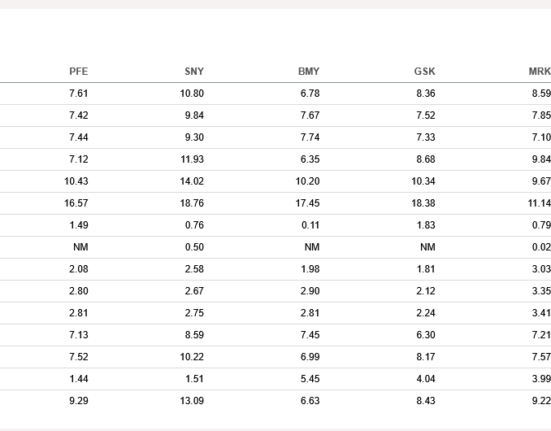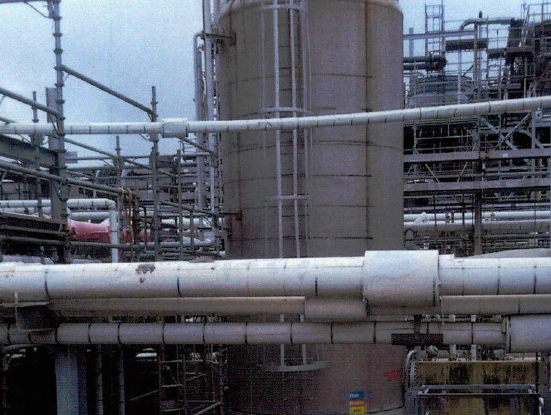Will Mild Weather and High Storage Forecasts Pressure Prices Further?
Forecasts for above-normal spring temperatures and light national demand are adding bearish pressure. Record-setting heat in Texas is a regional exception, with highs in the 90s and 100s driving local demand. But for much of the Lower 48, weather is expected to stay mild, curbing air-conditioning use. Vaisala expects a cooler turn in the East and Midwest from May 19–23, further dampening demand outlooks.
Analysts anticipate a sizable storage build in this afternoon’s EIA report. NGI estimates a 114 Bcf injection for the week ending May 9, while the Reuters consensus sits at 109 Bcf. Both figures exceed the five-year average of 83 Bcf, reinforcing the theme of healthy supply. Last week’s storage build of 104 Bcf also came in above estimates and seasonal norms, setting the tone for continued surplus.
Is U.S. Production and Demand Imbalance Deepening?
Data from BloombergNEF shows dry gas production in the Lower 48 climbing to 104.5 Bcf/d, up 3.9% year-over-year. In contrast, gas demand on Wednesday dropped 4.3% to 65.1 Bcf/d. This imbalance, combined with steady LNG export flows of 14.3 Bcf/d, highlights the growing weight of domestic oversupply.
Adding to the downside, power sector gas demand is under pressure. The Edison Electric Institute reported a 2.8% year-over-year drop in electricity output for the week ending May 10, pointing to reduced utility sector gas burn.
Are Traders Bracing for More Downside Following Recent Losses?
Wednesday’s 4.25% drop in June futures, which closed at a one-week low, signals bearish sentiment gaining traction. With gas inventories already 1.4% above their five-year average, and European storage filling at a strong pace (43% full as of May 11), there’s little urgency from buyers.
Market Forecast: Bearish Bias Likely to Hold Near-Term
With light national demand, strong storage injections, and resilient production levels, natural gas remains vulnerable to further downside. If prices break below the $3.438 pivot, a test of the 200-day moving average at $3.150 is likely. Until demand picks up or supply tightens, the path of least resistance appears lower.







